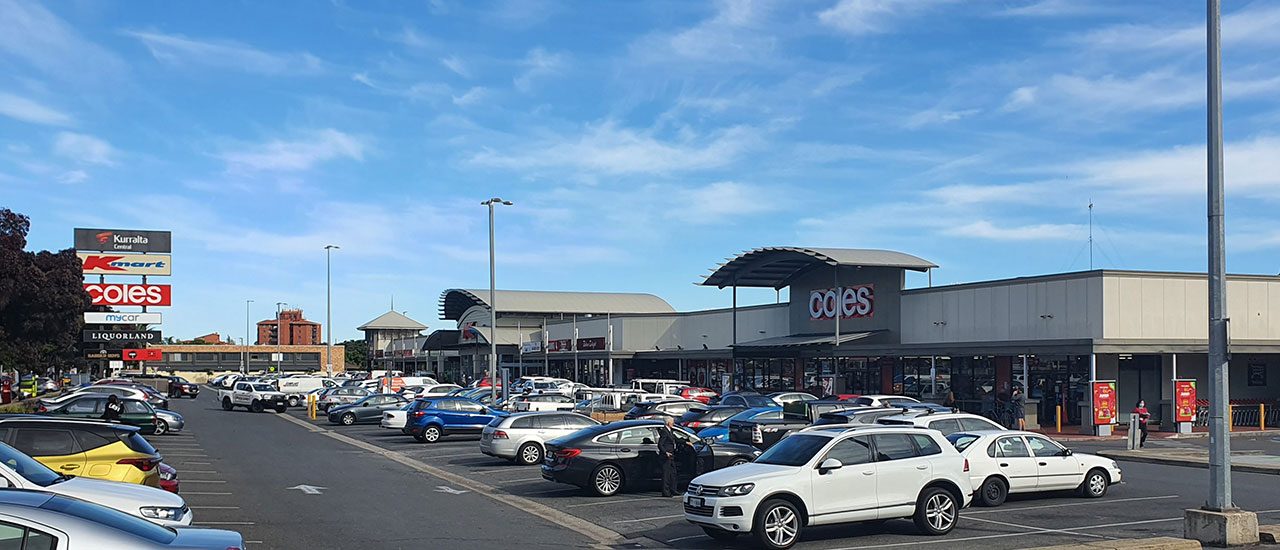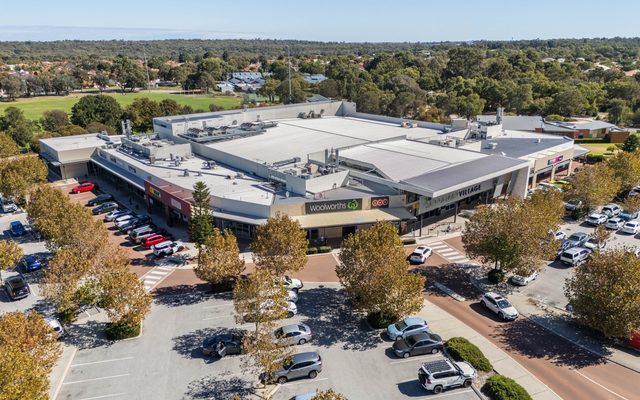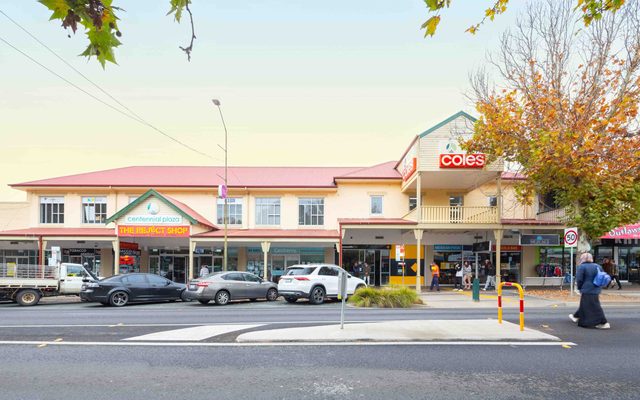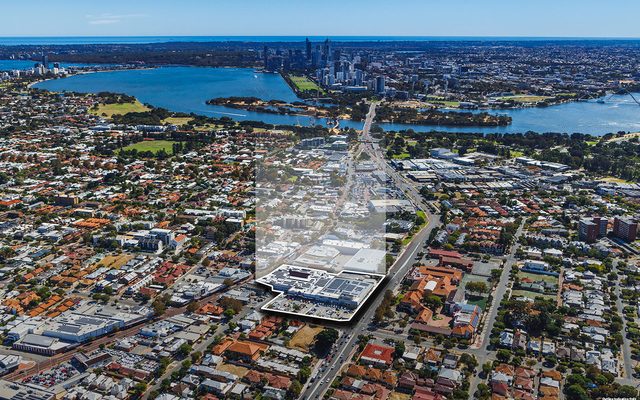This article is from the Australian Property Journal archive
MAJOR retail landlord Vicinity Centres has quickly offloaded $316 million worth of shopping centres at a 13.2% combined premium to book value, and has seen “resilience” from consumers in the new year as it waits to see the impact of inflation, interest rates, and employment on spending over 2024.
Vicinity said its first-half result reflected a “resilient, but moderating” retail environment, including a jump in net profit after tax to $223.5 million from $176.3 million in the prior corresponding period (pcp).
Adjusted for one-off items, funds from operations (FFO) lifted 2.9%.
Vicinity saw a net valuation loss of $143 million across its portfolio in the first half, as the higher interest rate environment and cost-of-living pressures prolonged the period of price rediscovery for the retail sector.
It revealed yesterday that it had sold Adelaide sub-regional centre Kurralta Central for $74 million, which follows its divestment of Dianella Plaza in Perth’s northern suburbs for $76 million and of Roxburgh Village in Victoria for $124 million. The premium to book value is a win a commercial real estate environment that has seen large gaps in expectations between buyers and sellers over the past year.
Vicinity’s CEO and managing director, Peter Huddle, said the transactions demonstrate “disciplined execution of our active and ongoing investment program where we are upweighting our portfolio to premium retail assets”, such as Chatswood Chase in Sydney, which it took full control of in October following a $307 million deal, that offer “superior long-term growth potential and enhanced value accretion opportunities”.
Vicinity is about to kick off a $620 million redevelopment at Chatswood Chase.
Consumers showing resilience, to be tested
Total portfolio sales growth of 1.5% in the first half was largely driven by food, including fresh food, dining, and supermarkets, as well as sporting goods, cosmetics, and retail services.
“There is no doubt that elevated living costs for Australian households are now impacting consumption, particularly across the discretionary goods categories. That said, with international tourism nearing pre-pandemic levels, migration at historical highs and with a tight employment market, we continue to observe resilience,” Huddle said.
“This resilience is supporting retailer confidence which continues to be reflected in our operating metrics.
“The performance of the retail sector in 2024 ultimately depends on the level of inflation, when interest rates will peak and the extent to which employment markets remain tight.”
Month-on-month retail sales growth moderated over the half, which Vicinity said reflected the softening of consumer demand amid cost-of-living pressures, together with the cycling of particularly strong trading in the pcp.
“Shoppers continue to show a willingness and capacity to spend, but are more discerning and value-conscious,” Vicinity said. October was the first month where portfolio sales growth was negative since the recovery from the pandemic, however, combined November and December retail sales were up 1.3% relative to a strong prior year, which highlighted that shoppers are viewing Black Friday as a key part of the broader Christmas trading period, the company said.
Apparel and footwear, homewares and jewellery sales were lower, reflecting “exceptional” growth rates in recent years, compounded by “significantly elevated” living costs.
Small and medium enterprises (SME) saw a 6.1% increase of sales as shoppers continued to show a strong preference for SME-oriented categories including services, food and dining, and other experiential retail.
Same-store luxury sales were up 0.7%, also rolling off exceptional growth rates, in the prior year. Furthermore, brand performance was mixed, with the flagship luxury houses continuing to outperform.
Strong leasing outcomes
Vicinity Centres leased almost 16,000 sqm of vacant store space in the six months, taking portfolio occupancy to 99.1% – up from 98.8% at the end of June, and to its highest point since 2019.
Across the 676 leasing deals, leasing spreads came in at 3.3%, above the 0.3% seen in FY23.
“The structure, tenure, and value of rents on new leases written in the period reflects our laser focus on locking in long-term, traditional specialty leases with fixed annual escalators despite a moderating retail sales environment,” Huddle said.
Vicinity expects FY24 FFO per security and AFFO per security to be around the top end of ranges of 14.1c to 14.5c and 11.8c to 12.2c respectively, reflecting the stronger-than-expected trading conditions in the first half.




